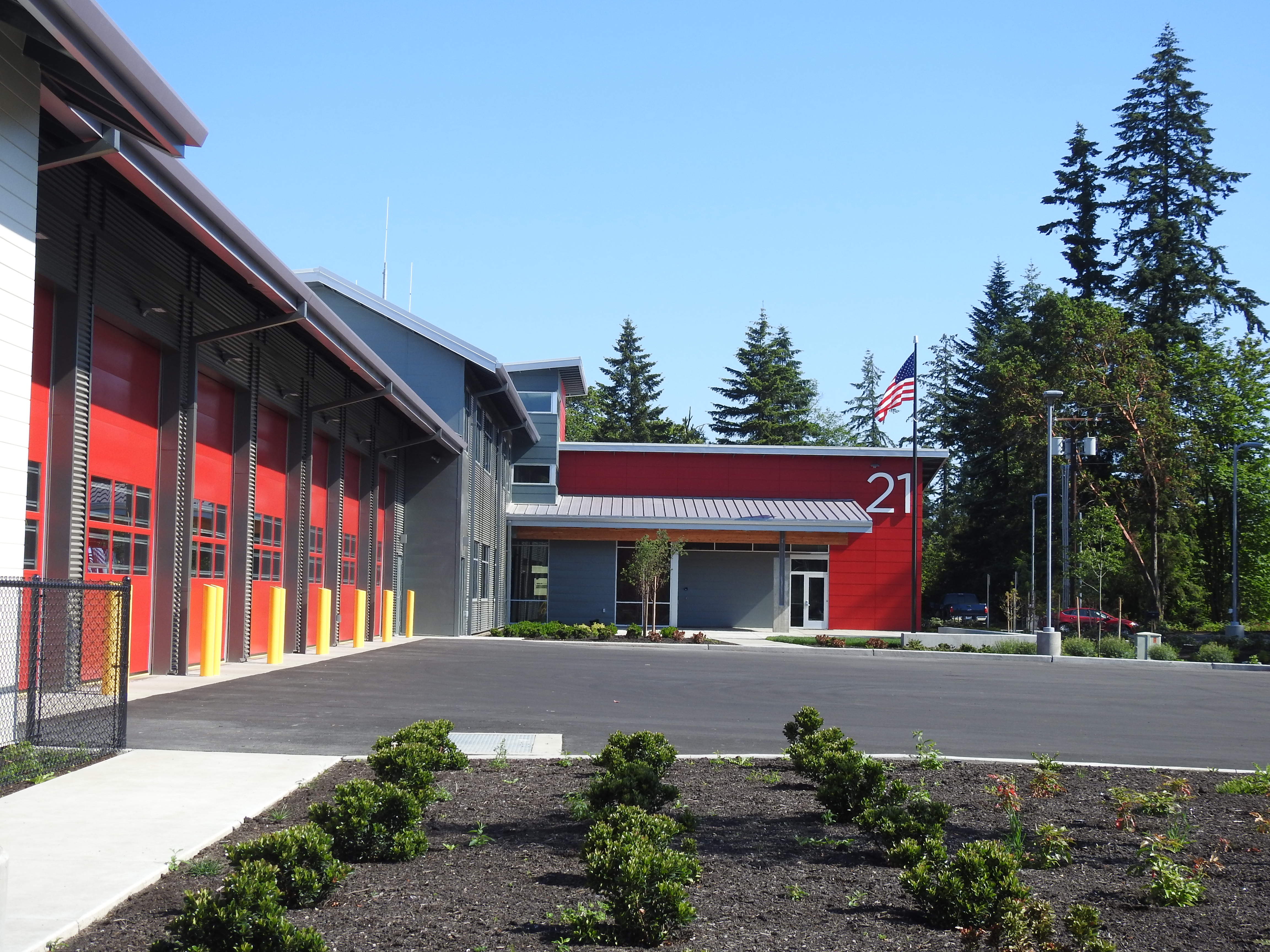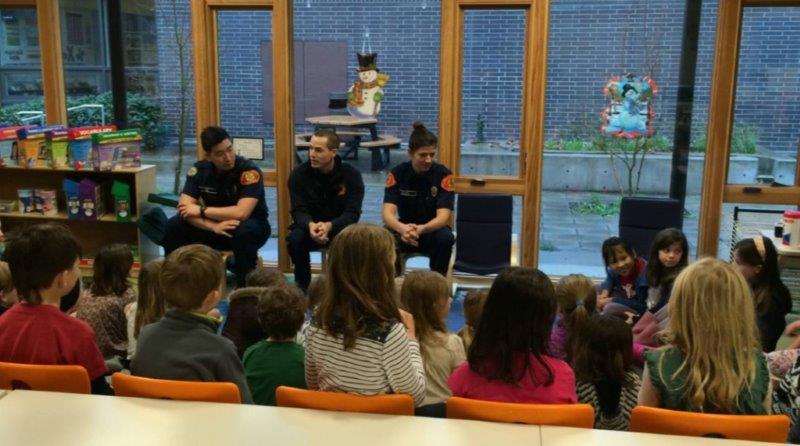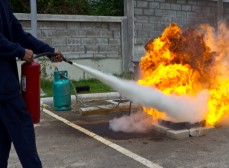FAQs - General
STATIONS:
How many stations are there on the Island? There are three fire stations: Station 21, located at 8895 Madison Ave NE; Station 22, located at 7934 Bucklin Hill Rd; and Station 23, located at 12985 Phelps Rd.
STAFFING:
Do all three stations have firefighters in them each day? Yes, all three stations are staffed 24/7.
How many firefighters are on duty each day? The minimum number of firefighters on duty each day is nine, with five at Station 21, and two each at Station 22 and 23.
If someone calls out sick or is on vacation? Will there be fewer firefighters on duty? No, the minimum each day is nine firefighters. When there aren’t enough firefighters available on any day, firefighters are required to come in on overtime.
What is the schedule for firefighters? Shift personnel work 48 consecutive hours followed by 96 hours off duty. The Department has three shifts – A, B, and C. To minimize risk, the maximum number of hours a firefighter can work in a row on shift is 72 hours.
If firefighters are working 48 hours in a row, does that mean they sleep at the stations? Yes, firefighters are assigned an individual bunk room while they are on shift. They remain available and wake up for any calls that come in during the night.
RESPONSE:
What do the firefighters do when they are not on emergency calls? Firefighters are constantly training and studying to ensure their skills are sharp for any emergency they may need to respond to. Firefighters also have to inspect their assigned apparatus and equipment each day to ensure it is ready for the next call. They participate in physical training to make sure they are fit for the job. Outside of preparedness, firefighters cook meals, keep the stations clean and orderly, work on special projects or programs they are assigned to, do station tours and public education presentations, etc.
How many calls does the Department respond to each year? In 2024, the Department responded to 3,913 calls for service- the highest number for one year in the Department’s history.
How many calls does each station respond to? 57% of calls occur in Station 21’s response area (the greater Winslow area), 18% happen in Station 22’s response area (the ‘south end’), 20% happen in Station 23’s response area (the ‘north end’), and 5% of calls are mutual aid calls off Island.
What is the breakdown of the types of calls the Bainbridge Island Fire Department responds to? Generally, around 70% of the calls the Department responds to are emergency medical or rescue calls. The remaining 30% are fires and other calls. For example, for 2025 through June 30th, 73% were emergency medical calls while the remaining 27% were fires or other responses.
How can I get a job as a firefighter with BIFD? Information can be found in the Employment Opportunities section of this website.
How long does it take to onboard a new firefighter? Once the testing and selection process is complete and all conditional items of employment are met (comprehensive background check, physical, and suitability profile), the new employee attends the Basic Academy. The Basic Academy consists of emergency medical technician (EMT) training, firefighter training, and hazardous materials response training. This takes almost six months. Once the training is complete, the firefighter is assigned and reports to their shift. This begins another six months of training while on-duty as a responder before the individual is qualified to count as part of minimum staffing. The whole process takes approximately 18 months.
Why are there so many BIFD apparatus at some incidents? If a call is more serious, it generally requires more firefighters on scene. For example, the minimum number of responders needed on scene for a CPR call is seven. This can require up to four apparatus to respond.
How do the responders know which units will go to a particular call? Kitsap 911, our dispatch provider, enters the call information into their consoles. The computer program known as Computer-Aided Dispatch (CAD) processes the location information and then determines which appropriate fire department unit is closest based on their GPS location. The closest unit is then dispatched.
 Recruit Academy St 23 Drill 3.jpg)






